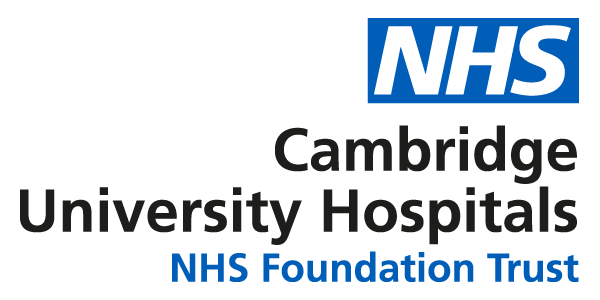Benefits of breathing exercises and early mobilisation after surgery
- Reduced risk of chest infections
- Effective mucus clearance
- Increased lung volume
- Shorter hospital stay
- Fewer post-operative complications
- Improved muscle strength
- Increased blood flow
- Improved independence
- Improved physical function
- Improved patient outcomes
Deep breathing exercises
After your operation, you are at a higher risk of developing a chest infection, and so it is very important to complete deep breathing exercises regularly to reduce this risk. It is well documented that if you start practicing these exercises before your surgery that this has the best effect to improve post op respiratory function, it also led to a shorter hospital stay and a reduction in other post-operative complications.
Every day your lung tissue produces mucous (sputum), which is essential for trapping bacteria, dust or inhaled debris. When you take a deeper breath, air passes to all areas of the lungs, and as you exhale, the air moves the sputum out of the lungs. Sometimes you need to have a little cough to clear it.
The impact of having a general anaesthetic on your lungs is that overall you have a reduced lung volume, which essential means you have less air moving to clear this sputum. A main factor for this is pain, which prevents you taking a deep enough breathe in, have a good cough, and can affect your ability to move around. Therefore pain management post operatively is very important. it is important that you start to clear any sputum (phlegm) immediately after your operation. If any sputum remains in the lungs, this is the ideal environment for infections to develop.
Exercising your inspiratory muscles prior to surgery puts them in a stronger position to help post operatively (like all your other muscles and why you are encouraged to exercise or be more active pre op.)
Technique
Frequency prior to surgery: 3 times a day.
Aim to complete the cycle of exercises sitting upright in a chair or in a bed. Take a couple of practice breaths with your hands on the side ribcage so you can understand how your chest feels as you breathe in and out. As you breathe in, your tummy will expand out, and when you breathe out, your tummy will retract.
- Relaxed Breathing (20seconds): take slow breaths in through your nose and out through your mouth as normal.
- Thoracic Expansion Exercises (Deep Breaths): take a deep breath in through your nose to fill your entire lung space. It can be helpful to place your hands on your lower ribcage when carrying out these exercises.
Add a “sniff” at the end when your lungs are full, so more air can enter the smaller air sacs in your lungs. Complete 3 times. - Relaxed Breathing (20seconds): take slow breaths in through your nose and out through your mouth as normal.
It is worth practicing a good huff technique prior to surgery, and it is not something we normally do every day. This is like trying to fog up glasses. The “huff” will help move sputum upwards through your lungs to help you prepare for coughing.
Post operatively
Follow the cycle below, to help shift those secretions, and you are encouraged to complete this cycle hourly. This only need be during waking hours, but if you wake in the night and are struggling to settle, a cycle of breathing exercises may help, as deep breathing exercises are a good calming measure for our mind too. Mindful breathing exercises may also improve your sleep and mood around your surgery date while shortening your hospital stay.

Post-operatively you will find it beneficial to provide support to your incisional area when completing your breathing cycle exercises. To do this you can either place your hands directly over any dressing that is covering your wound or place a towel or pillow over your wound and then place your hands on top of the towel or pillow. Apply pressure with your hands when taking a deep breath, performing a huff and cough.

Early mobilisation after your surgery
A physiotherapist may assess you after your operation. They may wish to listen to your lungs, and advise you further regarding your deep breathing exercises. The plan for mobilisation depends upon the nature of your surgery. If you are stable and feeling well, they will help you get started with early mobilisation; sitting on the edge of the bed, transfer to a chair or even a short walk on day 1.

It is important to use your pain relief regularly, as this will help you be able to move around more easily (insert link). The image shown is to show you what can be possible if you are feeling well, and your pain relief is well controlled. However, do not worry if you do not manage this day 1, it is something to work towards.
The idea of more physiotherapy may still be daunting so soon after surgery. Keep trying; there is a reason why your healthcare professionals are advising you to do the things they are advising you to do. The people are experienced and see the greatness within you, even when you do not see it yourself
Previous patient
Your physio team will set you up with strengthening exercises to practice between physio visits if required, advise you on how to practice your transfers and mobility and recommend if you need to do this with ward staff, and provide a walking aid if required to assist you. Physiotherapy will visit you as often as indicated, which is not usually every day.
It is important to be up and active as soon as possible, because this will prevent your muscles getting weak and deconditioned - there can be up to 10% muscle loss after one week of bedrest. You can practice the stairs before discharge if indicated.

